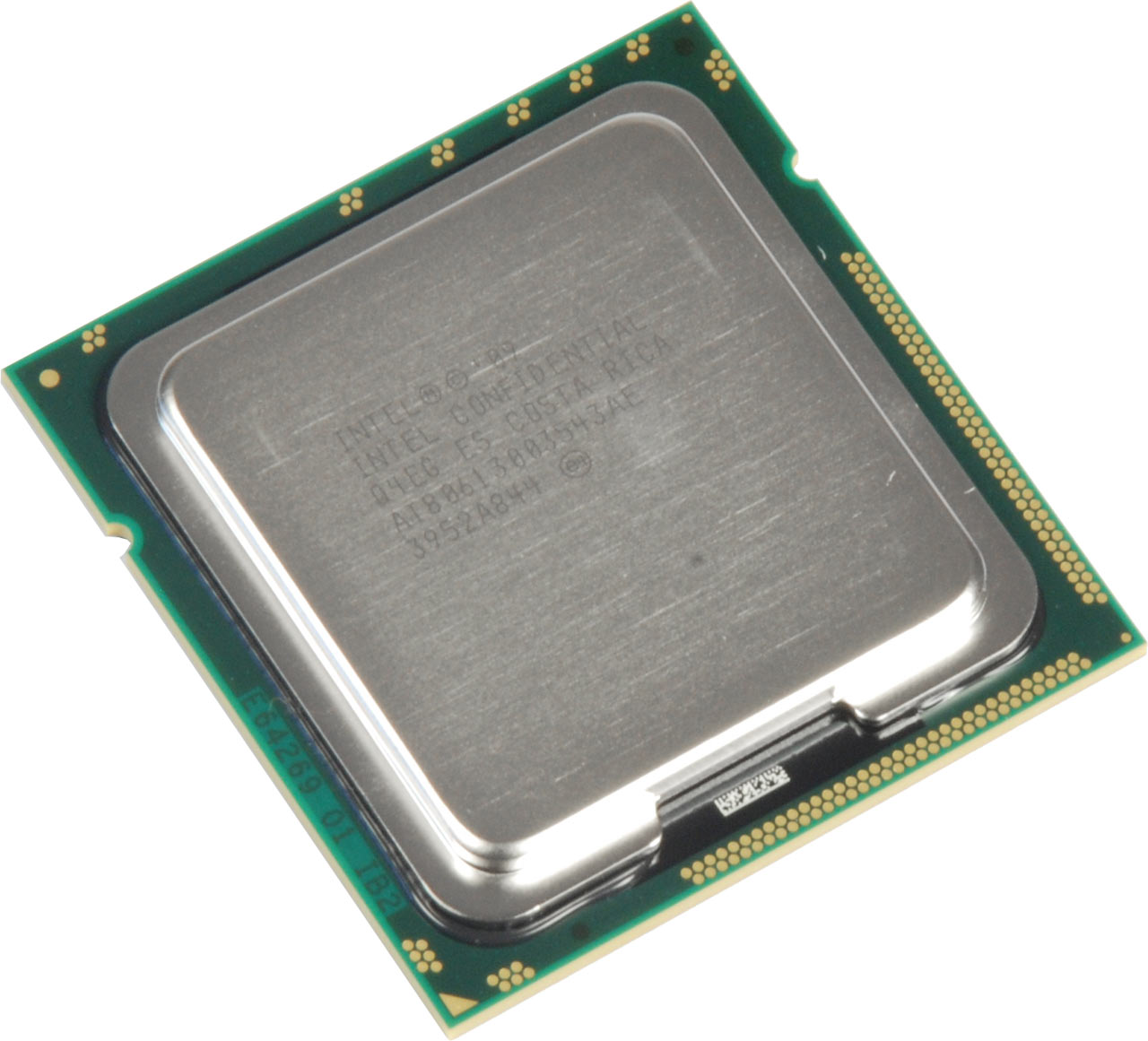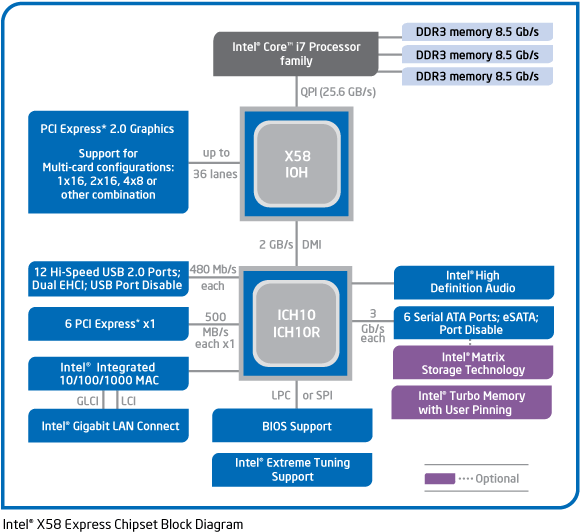Efficiency Explored: Core i7-980X Versus Core i7-975
Gulftown Versus Bloomfield: 6/4 Cores, 32/45nm Manufacturing
In the interest of fairness, it's important to mention that AMD's hexa-core "Istanbul" Opteron has been available since last June. However, the Core i7-980X is the first six-core processor for the desktop market and, in light of the fact that software developers are generally much more cognizant of the multi-core hardware ecosystem than they were five years ago, clearly introduces a new level of performance. In theory, 50% more processing hardware should suggest up to 50% more processing power. Fortunately, in real life, applications that are heavily thread-optimized will get close to that.
Hyper-Threading, which maximizes CPU efficiency by providing two logical processors for every physical core, can work for or against the new CPU. If an application can utilize eight cores, the system may not be using six physical and two virtual cores but a less favorable combination. There are some things that Windows 7 and Server 2008 R2 actually do to try to optimize for physical core usage, but we’ll look at the performance differences with and without Hyper-Threading in a forthcoming article.
We know that the new Core i7-980X stays within the same 130W power envelope as the 45nm quad-core Core i7-975 Extreme. The real question for now is how power consumption at peak load for all cores compares against the power Bloomfield requires to operate four cores. And what’s the situation in idle? Intel has been very successful in managing leakage power, which implies that the 32nm six-core may be lower on idle power than the 45nm quad-core. This would agree with the findings in Chris Angelini's Gulftown performance review.
The six-core Gulftown CPU still runs on the well-known X58 platform. All you need is a BIOS update.
Get Tom's Hardware's best news and in-depth reviews, straight to your inbox.
Current page: Gulftown Versus Bloomfield: 6/4 Cores, 32/45nm Manufacturing
Prev Page Six Cores And 32nm Versus Four Cores And 45nm Next Page Test Setup And Benchmarks
